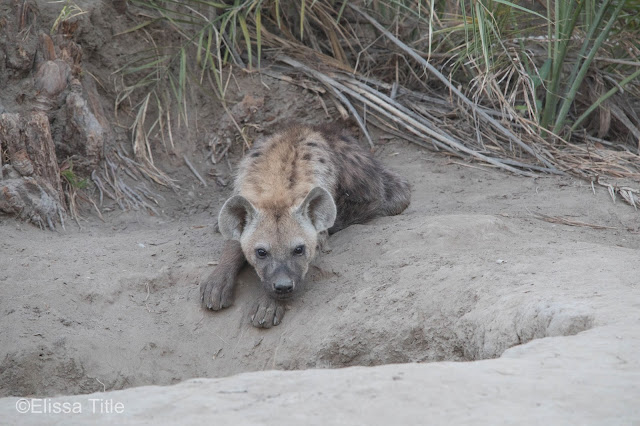This morning we traveled northwest to Arashiyama, one of the last remaining rural areas in Kyoto. We stopped along Togetsukyo Bridge, which has been a landmark in Western Kyoto's Arashiyama district for over four hundred years. The wooden bridge spans the Katsura River in front of Arashiyama Mountain and translates to the "moon crossing bridge". It is perhaps one of the most famous bridges in Japan.
We made our way to Horinji Temple, a Shingon Buddhist temple where we were treated with views of Kyoto and the surrounding hills.
Finally, it was time to go to the Arashiyama Bamboo Grove. The grove runs from outside the north gate of Tenryū-ji to just below Ōkōchi Sansō villa and is lined with hundreds of bamboo stalks. No matter which way you look, all you see is bamboo.
After reaching the bottom of the bamboo grove path, we visited Tenryū-ji, the heavenly dragon temple. The temple was founded in 1339 by Shogun Ashikaga Takauji in memory of emperor Go-Daigo. The site was actually a former villa of the emperor himself. The garden, a UNESCO world heritage site, dates back to the 14th century and is noted for the arrangement of vertical stones in the large pond.
Additionally, it is known for being one of the first to use "borrowed scenery", incorporating the mountains in the distance into the design of the garden. It is ranked first of the "Five Zen Mountains of Kyoto".
 |
Inside the temple grounds
|
|
 |
The rooms all look out to the zen garden
|
Next up was Ryoanji, the very famous rock garden measuring only 82 feet from south to north. The rectangular zen garden has no trees... only fifteen rocks and white gravel. The walls are made of clay boiled in oil. The garden was said to be created at the end of the Muromachi Period (around 1500) by a highly respected Zen monk and was registered as a World Heritage site in 1994.
 |
| Rock Garden panorama |
The Kyoyochi Pond was made in the 12th century and until recently, many mandarin ducks were to be seen on the pond. The Ryoanji was generally known as Oshidoridera, the temple of mandarin ducks. Lily pads and flowers were everywhere... indeed a very peaceful sight.


After running around all day, it was best to rest before our sushi dinner with our beloved female sushi chef. Two years ago, we came to the Ritz Carlton for a few days. During our time here, we had the tempura bar and sushi bar (which are excellent) and were very surprised to see a female sushi chef. In Japan, sushi chefs are predominantly male, with very few females in the profession. Sushi takes years to learn how to make (though it doesn't have a set timeframe... the master tells you when you're ready). We've kept in touch with our amazing sushi chef over the years, and we were SO happy to be able to eat her sushi again. For those of you who know me, I hardly eat sushi at home, but I'll eat anything Chisaki-san puts in front of me! Warning: do not continue if you're hungry!
Enjoy the food photos below...
 |
| Ikura and white shrimp appetizer |
 |
| Golden eye red snapper, sea bass, grunt fish and bonito sashimi |
 |
| Tai (seabream) |
 |
| Squid with yuzu and salt |
 |
| Shrimp |
 |
| Seared scallop |
 |
| Amberjack (shimaji) |
 |
| Horse mackerel (aji) with ginger and scallion, with a shiso leaf hiding underneath |
 |
| Golden eye red snapper |
 |
| Tuna (toro) |
 |
| Tuna belly (chutoro) |
 |
| Ikura (salmon eggs) |
 |
| Our sushi chef searing sushi with coal straight from the fire |
That's all for now... Stay tuned for more Japanese adventures. Be sure to hit the subscribe button to be notified of new posts, as there is a time difference and sometimes unreliable internet!



































Comments
Post a Comment